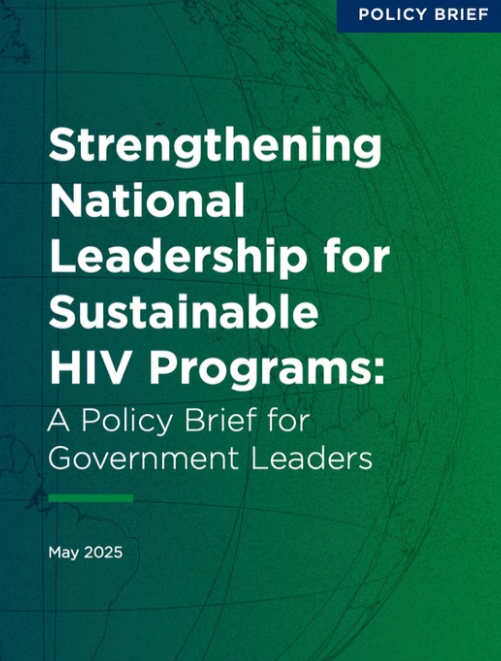Mortality and Health Outcomes of HIV-Exposed and Unexposed Children in a PMTCT Cohort in Malawi
Mortality and Health Outcomes of HIV-Exposed and Unexposed Children in a PMTCT Cohort in Malawi
Abstract
Background
Mortality and morbidity among HIV-exposed children are thought to be high in Malawi. We sought to determine mortality and health outcomes of HIV-exposed and unexposed infants within a PMTCT program.
Methods
Data were collected as part of a retrospective cohort study in Zomba District, Malawi. HIV-infected mothers were identified via antenatal, delivery and postpartum records with a delivery date 18–20 months prior; the next registered HIV-uninfected mother was identified as a control. By interview and health record review, data on socio-demographic characteristics, service uptake, and health outcomes were collected. HIV-testing was offered to all exposed children.
Results
173 HIV-infected and 214 uninfected mothers were included. 4 stillbirths (1.0%) occurred; among the 383 livebirths, 41 (10.7%) children died by 20 months (32 (18.7%) HIV-exposed and 9 unexposed children (4.3%; p<0.0001)). Risk factors for child death included: HIV-exposure [adjOR2.9(95%CI 1.1–7.2)], low birthweight [adjOR2.5(1.0–6.3)], previous child death (adjOR25.1(6.5–97.5)] and maternal death [adjOR5.3(11.4–20.5)]. At 20 months, HIV-infected children had significantly poorer health outcomes than HIV-unexposed children and HIV-exposed but uninfected children (HIV-EU), including: hospital admissions, delayed development, undernutrition and restrictions in function (Lansky scale); no significant differences were seen between HIV-EU and HIV-unexposed children. Overall, no difference was seen at 20 months among HIV-infected, HIV-EU and HIV-unexposed groups in Z-scores (%<−2.0) for weight, height and BMI. Risk factors for poor functional health status at 20 months included: HIV-infection [adjOR8.9(2.4–32.6)], maternal illness [adjOR2.8(1.5–5.0)] and low birthweight [adjOR2.0(1.0–4.1)].
Conclusion
Child mortality remains high within this context and could be reduced through more effective PMTCT including prioritizing the treatment of maternal HIV infection to address the effect of maternal health and survival on infant health and survival. HIV-infected children demonstrated developmental delays, functional health and nutritional deficits that underscore the need for increased uptake of early infant diagnosis and institution of ART for all infected infants.

